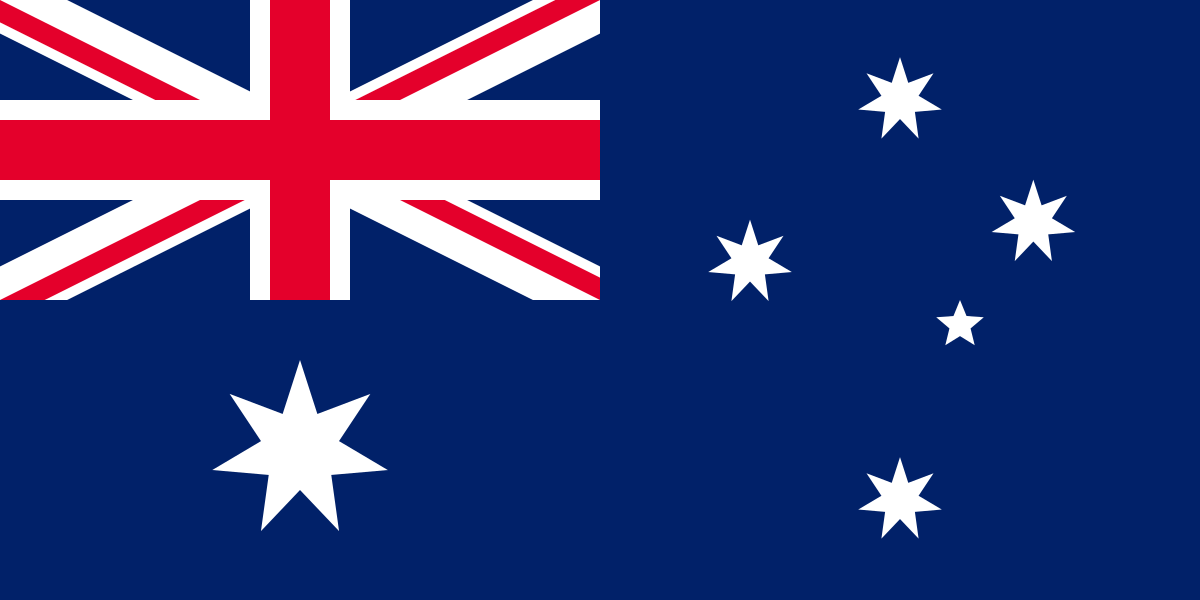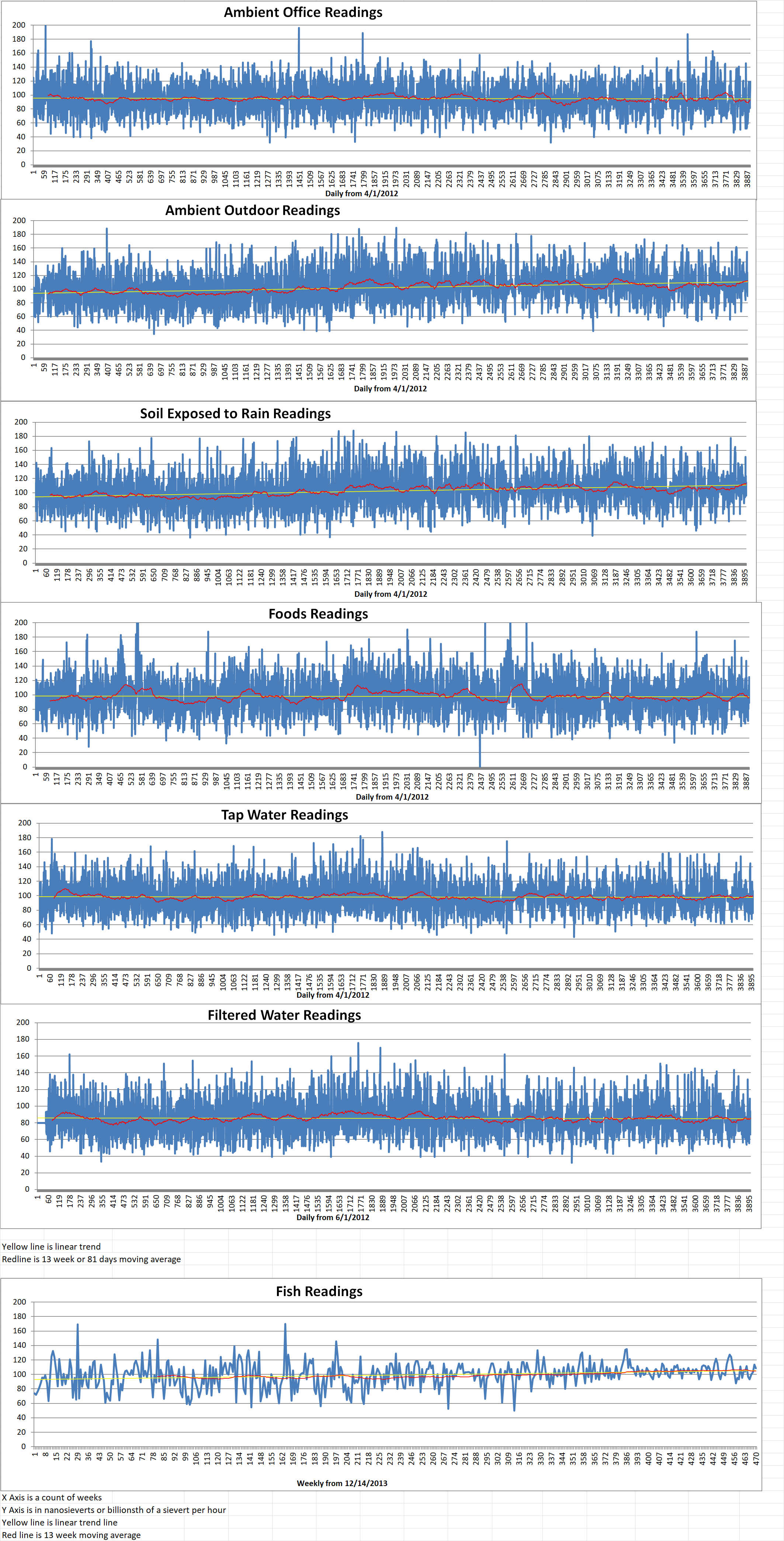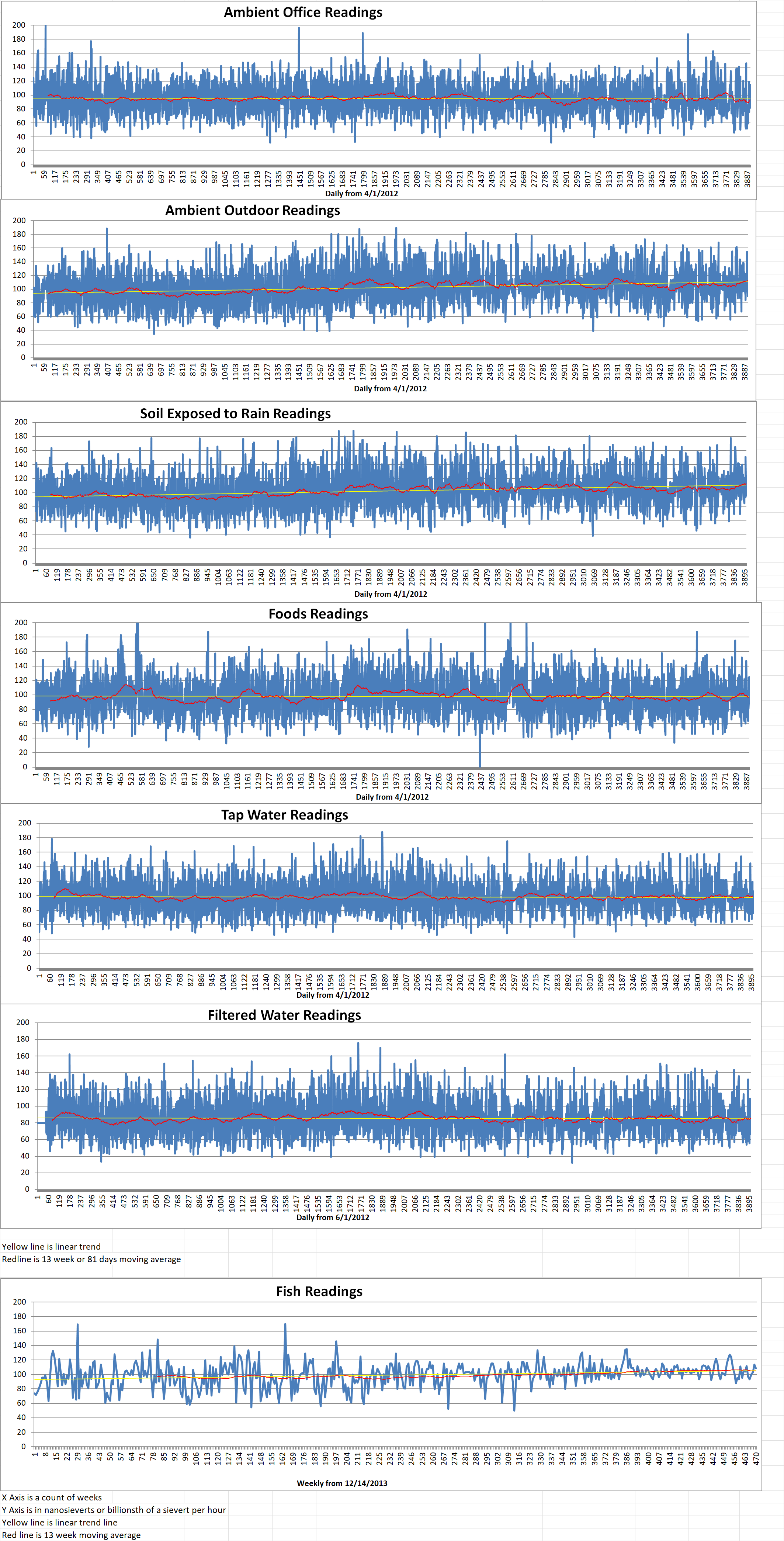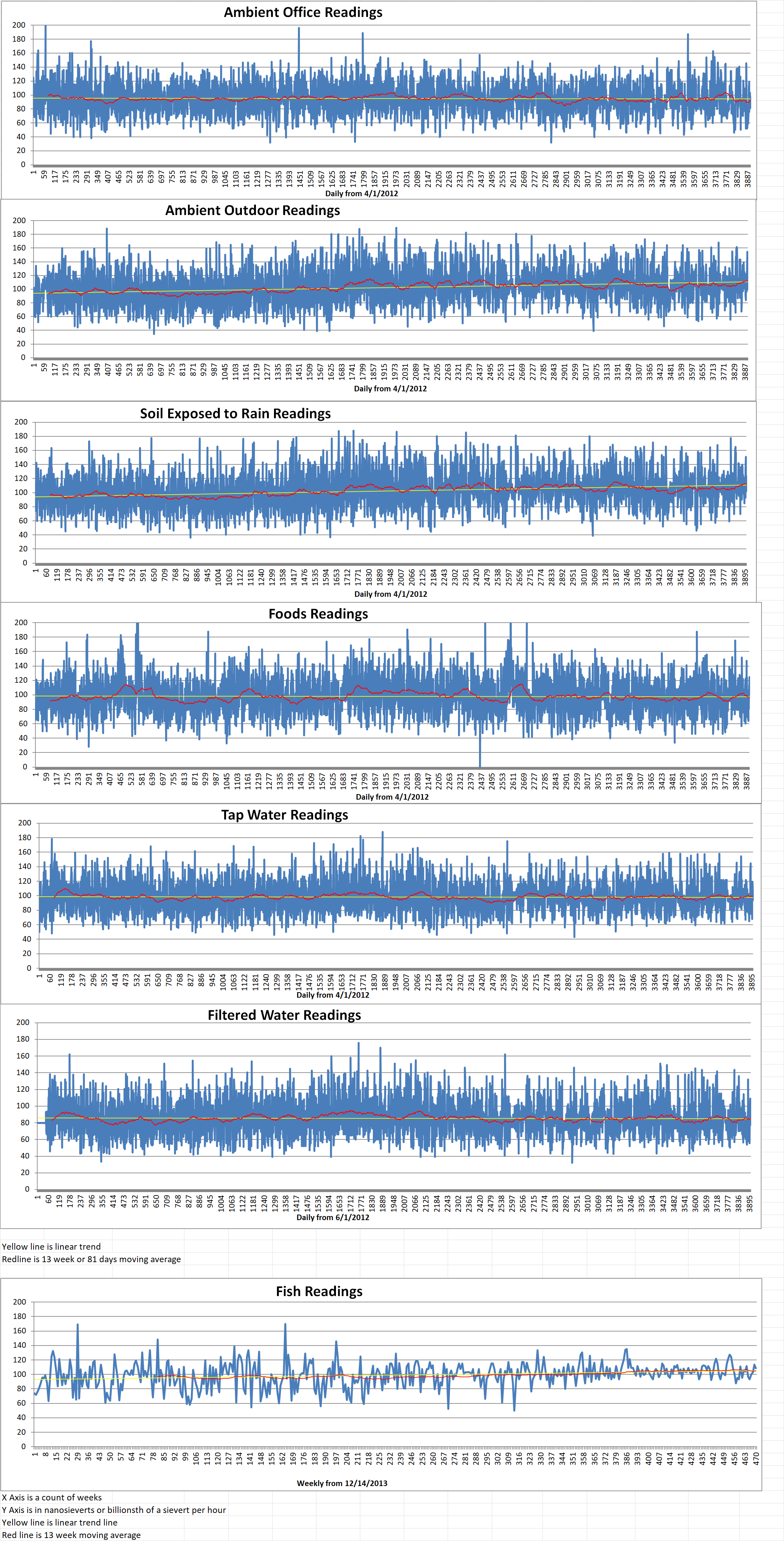Part 1 of 2 Parts
The U.S. and the U.K. are working on a deal to provide nuclear powered submarines to Australia through the Australia-United Kingdom-United States (AUKUS) enhanced security partnership. The leaders of Australia, the U.S. and the U.K. recently outlined the phased approach for the AUKUS project.
The phases in the AUKUS plan were announced by Prime Minister Anthony Albanese of Australia, Prime Minister Rishi Sunak of the U.K. and President Joe Biden of the U.S. It marks the next stage for the trilateral partnership which was launched in September of 2021.
The leaders of three nations issued a joint statement which read, “This plan is designed to support Australia’s development of the infrastructure, technical capabilities, industry and human capital necessary to produce, maintain, operate, and steward a sovereign fleet of conventionally-armed, nuclear-powered submarines. Australia is fully committed to responsible stewardship of naval nuclear propulsion technology. We continue to consult with the International Atomic Energy Agency to develop a non-proliferation approach that sets the strongest precedent for the acquisition of a nuclear-powered submarine capability.”
The joint statement went on to say that the project
“elevates all three nations’ industrial capacity to produce and sustain interoperable nuclear-powered submarines for decades to come, expands our individual and collective undersea presence in the Indo-Pacific, and contributes to global security and stability.”
The goal of the phases approach is to provide Australia with a conventionally-armed, nuclear powered submarines capability. Ultimately, Australia will have a new fleet of submarines built by the U.K. and Australia based on the U.K. nuclear-powered submarine design.
The first phase of the AUKUS project starts this year. Australian military and civilization personnel will “embed” within the U.K. and U.S. navies and their submarine industrial bases. This is intended to accelerated training and development of Australian personnel. Australian sailors will join U.S. crews for training and development. A rotational presence of U.K. and U.S. nuclear submarines will be established in Western Australia from as early as 2027 to accelerate the development of the necessary personnel, workforce, infrastructure and regulatory system.
The next phase is subject to approval by the U.S. Congress. This phase sees Australia buying three to five Virginia-Class submarines. This purchase will begin to grow its sovereign submarine capability and support capacity.
The first generation of AUKUS nuclear submarines are to be based on the U.K.’s submarine design incorporating U.S. submarine technology. The first U.K. submarines built to this design will be delivered in the late 2030s. They will replace the current Astute-Class vessels. Construction will principally be taking place at Barrow-in-Furness. Australia will work over the next decade to build up its submarine industrial base. It will build its new submarines in South Australia. Some components will be manufactured in the U.K. The first Australian-built submarines under the AUKUS project will be delivered in 2040.
The Australia government described the AUKUS submarine program as the “the most transformative industrial endeavor in Australian history.” It will create about twenty thousand direct jobs over the next thirty years across the country’s industry, defense, and public services sectors.
Australia has the world’s largest known uranium reserves. It is the world’s third-ranking producer of the metal, behind Kazakhstan and Canada. However, Australia does not use nuclear power for electricity generation. It is already working to develop the skills it will need for the AUKUS project.
Please read Part 2 next
Blog
-

Nuclear Reactors 1138 – Phases of AUKUS Project Announced – Part 1 of Part 2
-
Nuclear News Roundup Mar 09, 2023
North Korea touts “nuclear war deterrence” with submarine cruise missile test amid U.S.-South Korea drills cbsnews.com
NATO warned Putin ‘not bluffing’ over nuclear threats as war plans ‘collapsing around him’ express.co.uk
Seoul mayor calls for South Korean nuclear weapons to counter threat from North reuters.com
Nuclear Tensions Remain High on Korean Peninsula indepthnews.net
-

Geiger Readings for Mar 09, 2023
Ambient office = 119 nanosieverts per hour
Ambient outside = 124 nanosieverts per hour
Soil exposed to rain water = 114 nanosieverts per hour
Blueberry from Central Market = 123 nanosieverts per hour
Tap water = 77 nanosieverts per hour
Filter water = 66 nanosieverts per hour
-

Radioactive Waste 895 – Butte County Idaho Is Suing The Department Of Energy Over Storage Of Nuclear Waste – Part 2 of 2 Parts
Part 2 of 2 Parts (Please read Part 1 first)
The Butte County lawsuit also says that the county is aware of spent nuclear fuel from at least two sources that is subject to the Nuclear Waste Policy Act “for which DOE has no other authority to provide federal interim storage capacity” are stored at the site.
In one example, the lawsuit claimed the DoE transported spent nuclear fuel from Three Mile Island Unit 2 to the Butte County site starting in 1986. The final shipment took place in August of 1990. The DoE originally intended to store the spent nuclear fuel in wet storage pools at Test Area North at the site within Butte County. The pools were designed and constructed in the 1950s to store spent nuclear fuel and other radioactive waste from the long-shuttered nuclear aircraft engine program. The lawsuit said that the pools were environmental inadequate to provide interim storage.
The 1995 Settlement Agreement required that the DoE move the spent nuclear fuel in Test Area North to dry storage at another location on the site and move other spent nuclear fuel as well as radioactive waste from wet storage and into dry storage until disposal.
The other location is called the Idaho Nuclear Technology and Engineering Center. The DoE started moving the spent nuclear fuel to other locations in 1999 under a twenty-year storage license from the Nuclear Regulatory Commission. The license was supposed to expire in 2019 but it was extended another twenty years without the county being notified.
The lawsuit said, “Butte County did not receive actual notice from DOE regarding DOE’s submission of an application to renew the license for an additional 20 years. Nor did DOE or NRC conduct any public outreach of any kind or conduct any hearings in Butte County regarding the continued storage.”
The lawsuit claims that interim storage of waste from Three Mile Island Unit 2 has continued for more than thirty years. This is more than twenty five years longer than the target date set by the Nuclear Waste Policy Act for a permanent geological repository to begin receiving spent nuclear fuel. This would end federal interim storage. Plans to construct a permanent geological repository at Yucca Mountain in Nevada were abandoned in 2010. This was largely due to political pressure from Nevada officials.
The lawsuit says, “DOE has made no progress towards accepting spent nuclear fuel. To the contrary, DOE spent billions of dollars siting and constructing Yucca Mountain and now has essentially abandoned this statutory mandate.”
In its request for relief, the county wants the court to declare that the DoE’s actions violated and continue to violate 42 U.S.C. § 10156(e) of the Nuclear Waste Policy Act by failing to determine social and economic impacts of general interim storage capacity at issue. The lawsuit also wants the federal government barred from sending future shipments of Navy spent nuclear fuel to the desert. It also asks that the government cease further operation of interim storage of the Three Mile Island nuclear waste. The lawsuit demands that the DoE executes a decommissioning plan for that storage capacity “as soon as practicable but no longer than twenty-four months after approval of the decommissioning plan by NRC and this Court, or until Defendants have demonstrated compliance with 42 U.S.C. § 10156(e).” The county also asked the court to issue other relief as it “may deem just, proper, and equitable.”
The Butte County lawsuit concludes that “By granting the relief requested by Butte County in this Complaint, Congress will be more likely to take action to break the impasse and authorize a new plan for DoE.” -
Nuclear News Roundup Mar 08, 2023
North Korea touts “nuclear war deterrence” with submarine cruise missile test amid U.S.-South Korea drills cbsnews.com
NATO warned Putin ‘not bluffing’ over nuclear threats as war plans ‘collapsing around him’ express.co.uk
Seoul mayor calls for South Korean nuclear weapons to counter threat from North reuters.com
Nuclear Tensions Remain High on Korean Peninsula indepthnews.net
-

Geiger Readings for Mar 08, 2023
Ambient office = 115 nanosieverts per hour
Ambient outside = 90 nanosieverts per hour
Soil exposed to rain water = 96 nanosieverts per hour
Tomato from Central Market = 89 nanosieverts per hour
Tap water = 76 nanosieverts per hour
Filter water = 67 nanosieverts per hour
-

Radioactive Waste 894 – Butte County Idaho Is Suing The Department Of Energy Over Storage Of Nuclear Waste – Part 1 of 2 Parts
Part 1 of 2 Parts
Butte County in Idaho is suing the Department of Energy (DoE) over nuclear waste stored at the desert site west of Idaho Falls. The lawsuit was filed last Monday in the U.S. District Court of Idaho’s Eastern Division. It followed the recent death of former Idaho Governor Phil Batt. He and fellow former Governor, Cecil Andrus, worked out the 1995 Settlement Agreement with the DoE. This agreement laid out deadlines governing nuclear waste cleanup in Idaho.
The forty-nine page complaint was filed on the county’s behalf by Arco attorney Steve L. Steven. Among issues raised in the lawsuit is the federal government’s failure to create permanent national repository for spent nuclear fuel. This has forced local communities to house the spent nuclear fuel. The lawsuit says that “The interim storage of spent nuclear fuel in Butte County is now de facto permanent disposal.” The complaint went on to say that forced interim storage has “ongoing social and economic impacts to Butte County as well as social and economic impacts that have yet to occur.”
The lawsuit argues that the storage of spent nuclear fuel at the site has “detrimental effects” and that there’s a reason that the DoE continues to store waste in places such as Butte County rather than “next to the Forrestal Building in Washington D.C. where DOE would be free from the need for state or local government cooperation.”
The lawsuit claims that the DoE is in violation of laws which date back nearly seventy years that regulate the management of nuclear waste. The DoE has not honored commitments set forth in the Atomic Energy Act to address federal impacts to local communities. The lawsuit says the DoE has never utilized the authority “to make payments to local communities ‘where special burdens have been cast upon the State or local government by activities of the Commission.’”
The lawsuit claimed that by not utilizing the discretionary authority that it has, the DoE demonstrates its unwillingness to acknowledge the impact of nuclear waste storage on local communities.
The lawsuit says that weeks before the filing of the complaint, Butte County sent correspondence to the DoE’s Washington headquarters “offering to informally discuss and compromise” on the county’s concerns under the Interim Storage Fund. The DoE headquarters did not respond.
The lawsuit notes that the county’s culture and economics livelihood are “inextricably linked” to the Idaho National Laboratory and that it “has always been and continues to be a staunch supporter of INL and its mission, except for the challenges herein presented.” According to the website of the Idaho National Laboratory, sixty percent of the site’s eight hundred and ninety square miles are in Butte County.
The lawsuit mentions several instances in which spent nuclear fuel has been stored at the DoE’s desert site for far longer than originally intended and in facilities that were not designed to hold waste for such long periods. The lawsuit claims that the DoE provides interim storage capacity for about three hundred metric tons of spent nuclear fuel at it desert site.
Please read Part 2 next -
Nuclear News Roundup Mar 07, 2023
Rooppur 1 outer containment concreting completed ahead of schedule world-nuclear-news.org
State proposes regulations for nuclear facilities ktoo.org
NuScale places first order for SMR long-lead materials world-nuclear-news.org
Vogtle 3 reaches first criticality world-nuclear-news.org
-

Geiger Readings for Mar 07, 2023
Ambient office = 97 nanosieverts per hour
Ambient outside = 99 nanosieverts per hour
Soil exposed to rain water = 102 nanosieverts per hour
Red bell pepper from Central Market = 125 nanosieverts per hour
Tap water = 106 nanosieverts per hour
Filter water = 94 nanosieverts per hour
-

Nuclear Reactors 1137 – Leadcold Developing Lead Cooled Small Modular Reactors In Sweden
Leadcold is a lead-cooled small modular reactor (SMR) technology developer based in Sweden. They are conducting a feasibility study on the construction and operation of a demonstration Swedish Advanced Lead Reactor (SEALER).
The SEALER-D reactor is intended to have a thermal output of eighty megawatts. The fuel rods will be cooled by about eight hundred tons of liquid lead. The reactor will have a height and a diameter of about fifty feet.
The company stated that building the research reactors is an important step for Leadcold to start producing SMRs for the global market. Leadcold’s goal is for its first SEALER-55 commercial reactor to be ready for operation by 2030. It is assumed that permission to conduct nuclear activities will be granted.
Jacob Stedman is the CEO of Leadcold. He said, “Sweden needs more baseload power that can complement the rapid and important expansion of wind and solar. This reactor will be the first step towards the next generation of nuclear for cheap and safe baseload electricity. We look forward to now starting to investigate the conditions for Sweden’s next research reactor in collaboration with Studsvik AB, the municipality and the authorities.”
Joakim Lundström is the Business Area President for Fuel and Materials Technology at Studsvik AB. He said “It is positive that Leadcold is investigating the possibilities for a research reactor at Studsvik, where we can contribute with our unique and world-leading expertise.”
In a press release, Studsvik AB said, “Such a development would fit well within the other research and development activities taking place on our site. We look forward to helping to contribute towards LeadCold’s evaluation with our diverse array of expertise ranging from nuclear fuel, reactor materials, and testing development and infrastructure to our efficient solutions for waste handling, and we hope our site proves a suitable location for their reactor.”
Uniper Sweden, Leadcold and the Royal Institute of Technology (KTH) announced in February 2021 that they are collaborating. Together they are exploring the possibility of constructing a demonstration Leadcold SEALER reactor at the Oskarshamn nuclear power plant site by 2030. The partners received a ninety-nine million dollar grant from the Swedish Energy Agency towards building a two and a half megawatts of thermal energy non-nuclear prototype (SEALER-E) at Oskarshamn.
The SEALER design generates fifty-five megawatts over a ten-to-thirty-year period without requiring refueling. After operation, the first SEALER units will be moved to a centralized recycling facility.
Stedman said, “The development of new nuclear power must take place in close cooperation with the municipality, the government and the authorities. Sweden has become a very good country to develop the nuclear power of the future in. We have committed political decision-makers, competent authorities, and consumers and industry who want cheap and green electricity. We look forward to taking the first step towards building Sweden’s next nuclear reactor.”
Leadcold is a spin-off from KTH in Stockholm. Lead-cooled reactors have been under development since 1996. Leadcold was founded in 2013 as a joint stock company. It has Canadian subsidiary, Leadcold Reactors Inc. This subsidiary is registered in Alberta, Northwest Territories and Nunavut.
